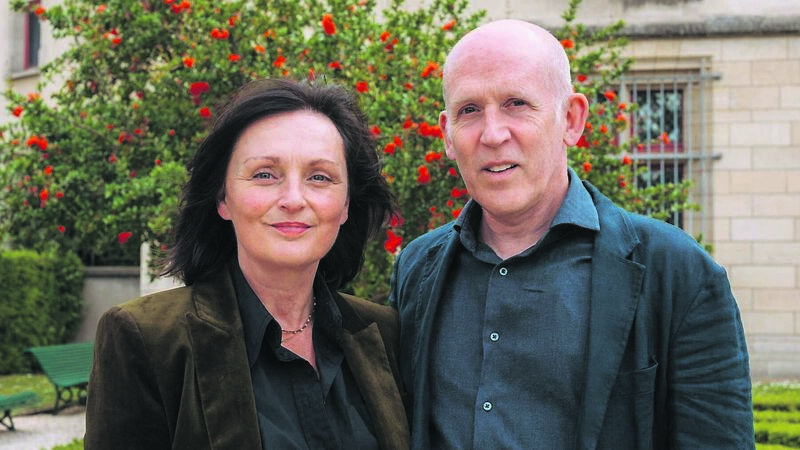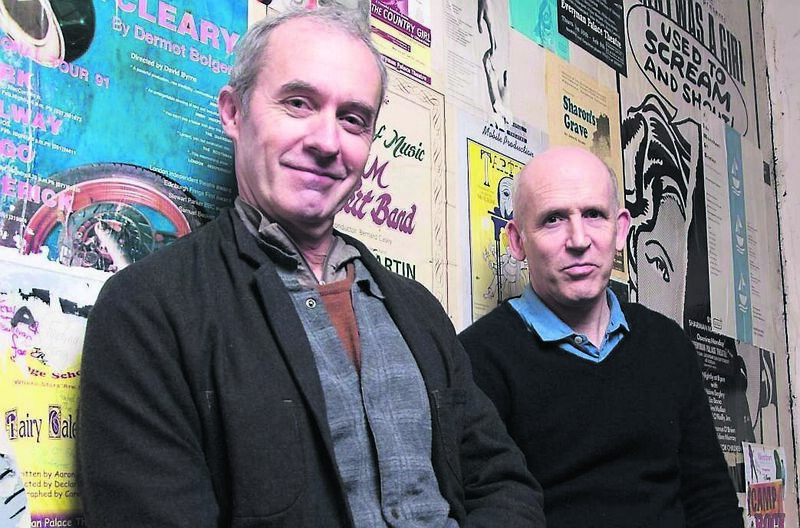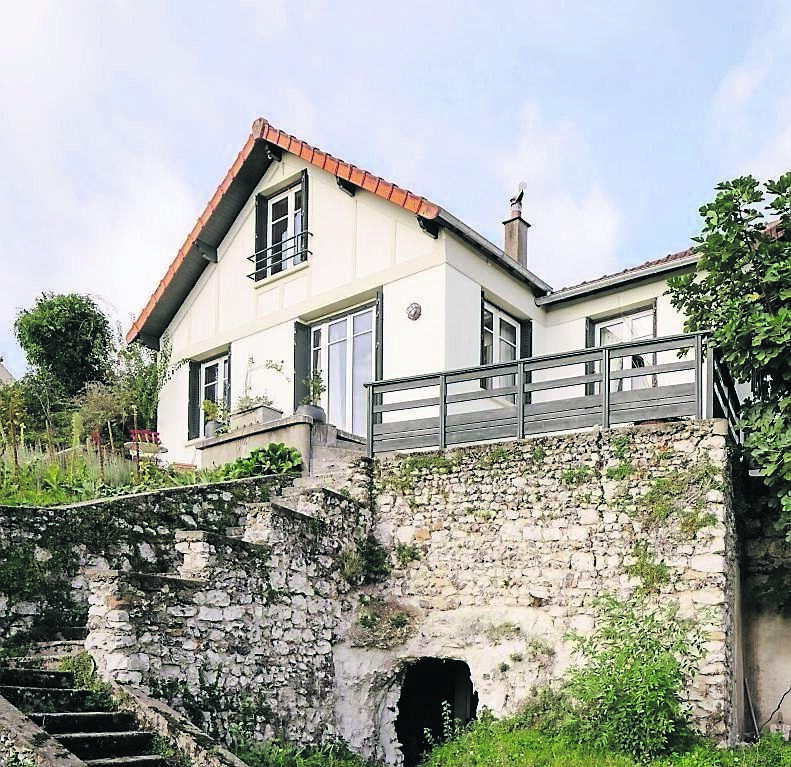Cork couple do their bit for Samuel Beckett

No one familiar with Gare St Lazare Ireland’s body of work will have been surprised by the success of what the hailed as their “authentically powerful” production of Samuel Beckett’s at the Geffen Theatre in Los Angeles late last year.



Along with the space for artists to stay and work in, residencies at the Atelier come with the option of mentorship. “When we started the Atelier, it was obvious to us that it should provide access to the artistic directors of Gare St Lazare,” says Lovett. “We feel we have something to offer, all this Beckett knowledge we’ve built up over the years that we’re happy to impart to others.”
Samuel Beckett was born and reared in Dublin, but settled in Paris in 1937. For all that he found Ireland too conservative a place to live in, he still took a certain pride in his background.
Once, when asked if he was English, he replied: “Au contraire.” Beckett published a short story collection, , in 1934, and went on to produce a series of novels that included (1938), (1934), (1951), (1951) and (1958). However, he is better-known for his plays, including (1953), (1957), (1958) and (1961).
Beckett is associated with the Theatre of the Absurd. His works for the stage are renowned for their bleak sense of humour. In , two tramps, Vladimir and Estragon, pass the time in idle banter. When Estragon embarks on an eloquent description of the Dead Sea, Vladimir remarks: “You should have been a poet.” Estragon gestures at his rags and replies “I was. Isn’t that obvious?” Beckett did not enjoy the limelight. When he won the 1969 Nobel Prize for Literature, his wife Suzanne Dechevaux- Dumesnil called it “a catastrophe,” knowing the prize money might bring them financial stability, but it would be at the cost of their privacy.
Suzanne died in July 1989 and Beckett in December.
They are buried in Montparnasse, under a headstone that Beckett insisted could be “any colour, as long as it’s grey.”




